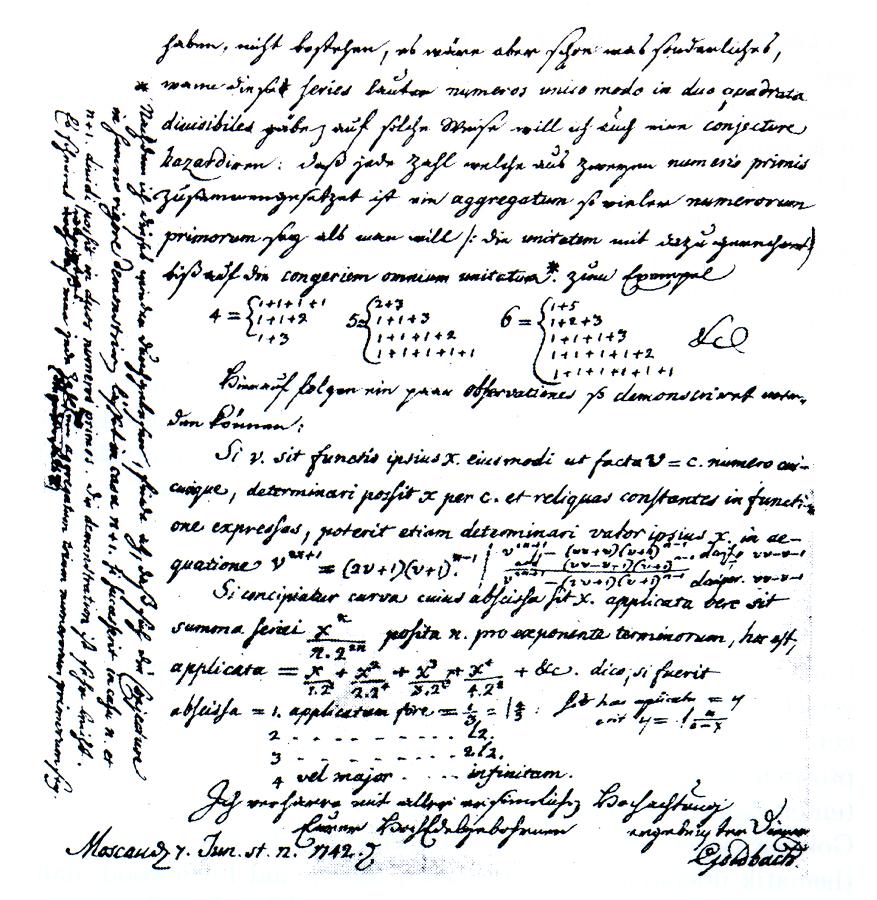The ternary Goldbach conjecture states that every odd number greater than 5 can be written as the sum of three prime numbers. This conjecture has been formulated by the mathematician Christian Goldbach in a letter to Euler dated from June, 7, 1742 , and has been searched until then. In three papers posted on arxiv: http://arxiv.org/abs/1205.5252, http://arxiv.org/abs/1305.2897, http://arxiv.org/abs/1305.3087, Harald Helfgott (from Ecole Normale Supérieure, PSL) and David Platt ( from University of Bristol, UK) propose the first complete demonstration of the ternary Goldbach conjecture. In the first two papers of 80 and 130 pages long, Harald Helfgott provides a proof of the conjecture for n larger than 10^30, while the result has been verified numerically for these finite values. The proof of Harald Helfgott also relies on the numerical estimates of the Generalized Riemann Hypothesis that are obtained up to high values in the paper of David Platt using new algorithms on interval arithmetics. These computations have been partially conducted with the computer resources of MesoPSL during the “Challenges” period of the new 1472 core machine, when the access was only open to a small number of selected projects. Incidentally, Christian Goldbach is also at the origin of a second conjecture, more difficult, stating that every even number greater than 2 is the sum of two primes, but according to Harald Helfgott, this “binary” conjecture, from which the just demonstrated ternary conjecture would be a consequence, is still out of reach of the researchers.
See also:

Letter of 7 june 1742 from Christian Goldbach to Leonard Euler (Wikipedia)

 Intranet access
Intranet access